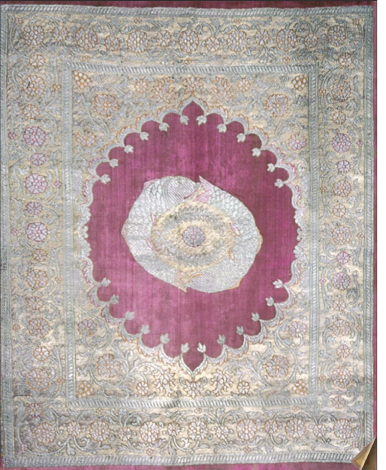Book of Gold:
The Kanchana Chitra
Ramayana of Banaras
About the Exhibition

Long after it was thought that the miniature
painting tradition had died out in North India, a most ambitious illustrated manuscript was made
for the royal court of Banaras. For eighteen years, from 1796 to 1814, artists from all over
North India converged to work on a seven-volume manuscript of the Ramcharitmanas of
Tulsidas.
When complete, the manuscript had more than 1,100 pages. Each page of text faced a full-page
illustration made with
lavish use of gold. It is no wonder that the book was known locally as the Kanchana Chitra
Ramayana – the Golden Illustrated Ramayana.
For nearly two centuries, this manuscript remained intact but unknown. In the twenty-first
century, it entered the art market, its pages sold, one by one. New attention has come to the
manuscript, but at a cost. It will never be whole again.
This exhibition explores the historical context in which it was made, shows the diversity of
artists that contributed to it, and the ingenuity of the narratives they devised. It also shows
how spirited the Indian painting tradition was, well into the nineteenth century.